
Summer is here, at least in Philadelphia. These months hold countless opportunities to enjoy time outside with your best friend. Whether it's a day of hiking, a romp at the beach or a weekend getaway to catch up on some camping, the warm months are peak season to bond with your dog. While walking downtown the other day, our pup started hopping around when he unknowingly walked over a manhole cover that was too hot for his little pads. No real damage, but it was a good reminder that the warm months bring special considerations for any dog’s safety and comfort. This is the first of a series of articles about the upcoming season: the heat, canine health and all the fun to be had!
Heatstroke is a major issue, both for people and for dogs. Some dogs just go and go, and never want to stop playing. That’s fine sometimes, and if you have such a dog you probably already know when to call it quits. Because they can't alert us, we need to be aware how the heat affects our pets.
Dogs can only sweat through the pads of their paws and pant to cool themselves off. Normal body temperature for a dog ranges from 101.2 °F to 102.2 °F. Heatstroke can hit fast and hard with symptoms including diarrhea, restlessness, excessive panting, thick ropey saliva and standing with legs spread out to assist with balance. As heatstroke advances symptoms can escalate to include white gums, lethargy, unwillingness to stand or move and labored breathing. If heatstroke does strike, put a dog in front of a fan or create a cool breeze to help cool her gradually. If you are outside and unable to get inside quickly, move her to the shade. Soak her with cool water- do not use ice cold water as this can cause the blood vessels to constrict, preventing heat from escaping. Place cool compresses on her pads and ice packs in her armpits. Do not cover a dog, even with a cold, wet towel. Take her temperature rectally and prepare her for transport to the nearest emergency clinic, if necessary.
To prevent heatstroke on scorching days, make sure your dog has lots of water throughout the day. Walk at a moderate pace- avoid running or rough play. Dogs need to drink 12 ounces of water prior to any outdoor activity and they should be offered 12 ounces every 30 minutes during the activity. Avoid peak hours of heat (usually between 11 AM and 3PM). On highly humid days, staying indoors may be the best bet for your dog, as humidity interferes with a dog’s ability to regulate body temperature. Puppies, elderly dogs or brachiosephalic dogs (short-nosed breeds such as Pugs, Pekingese or Bulldogs) have additional difficulties in the heat and need to be carefully monitored and cooled off on a regular basis.
Leaving your dog locked in a hot car is a sure way to bring on heatstroke- even WITH the windows cracked. A hot car acts as an oven: temperatures can rise an astounding 34_F per minute! People have been known to break windows to rescue dogs in danger from hot cars; if they don't do it themselves, the Humane Society or local law enforcement will. Please keep this in mind and NEVER leave your pet in a car! If you spot a dog that is in a closed car, please alert someone who can help.
Dog Feet: While our dogs love the mental and physical stimulation of their daily walks, keep in mind that hot summers cause pavement to become extremely hot. Your dog’s pads can burn quickly on a hot day. While some dogs will tolerate wearing booties on their paws for protection from the heat, most will not. Minimize the amount of time your pup spends pounding the pavement. When there is grass around, always take that route. If you notice your dog walking gingerly, apply cool wet compresses to his pads.
Next up: Waterdogs- the joys of summertime swimming.
 Dog Treats: Which Dog Treats Are Safe and Which Arent?
Dog Treats: Which Dog Treats Are Safe and Which Arent?
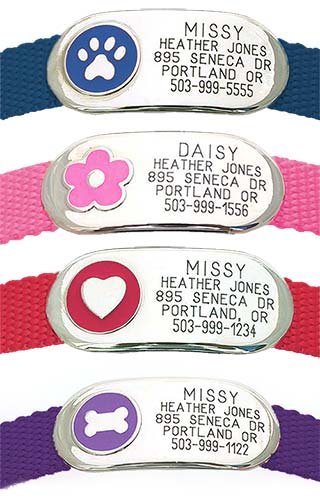 Name Tags for Dog Collars
Name Tags for Dog Collars
 Canine Nutrition and Wellness Part 1: Choosing the Right Commercial Food for Your Dogs
Canine Nutrition and Wellness Part 1: Choosing the Right Commercial Food for Your Dogs
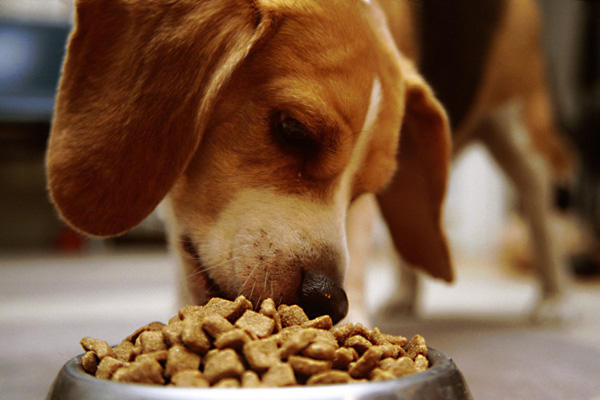 Pet Dog Supplies - To Keep Your Pet Dog Happy
Pet Dog Supplies - To Keep Your Pet Dog Happy
 Tips For Renting With Pets: Finding a place to live with your dog
Tips For Renting With Pets: Finding a place to live with your dog
 Clipping your Pet’s Nails
Clipping your Pet’s Nails
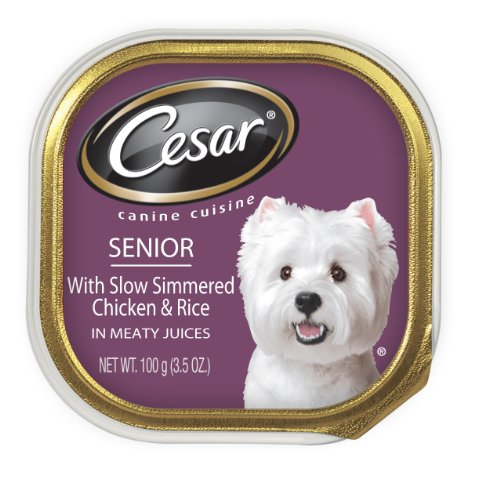 Older Dog Care
How to Take Care of an Old D
Older Dog Care
How to Take Care of an Old D
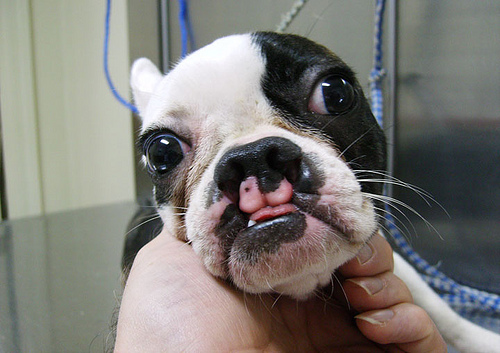 Cleft Palates and Cleft Lips in Puppies - Dog Health
Cleft Palates and Cleft Lips in Puppies
Cleft palates and
Cleft Palates and Cleft Lips in Puppies - Dog Health
Cleft Palates and Cleft Lips in Puppies
Cleft palates and
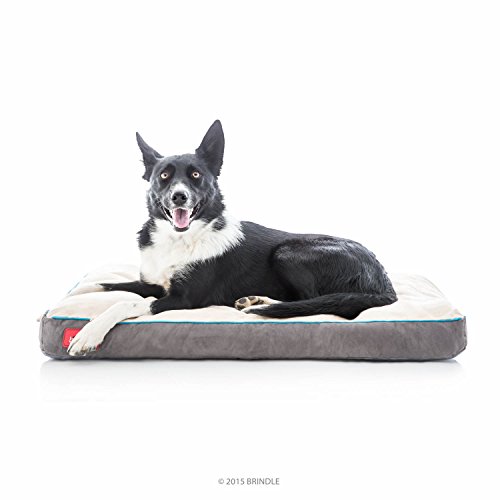 Memory Foam Pad for Dog Bed
Using a memory foam pad for
Memory Foam Pad for Dog Bed
Using a memory foam pad for
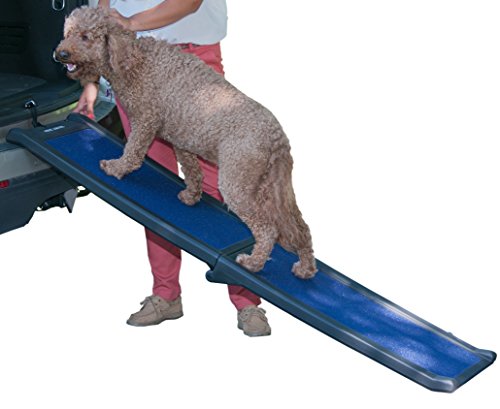 Dog Stairs and Dog Ramps
My dog Sasha is almost 12 ye
Dog Stairs and Dog Ramps
My dog Sasha is almost 12 ye
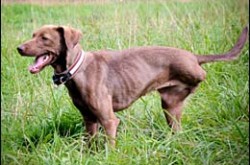 Dogs and leg amputation
Dogs and leg amputation
Dogs and leg amputation
Dogs and leg amputation
Copyright © 2005-2016 Pet Information All Rights Reserved
Contact us: www162date@outlook.com